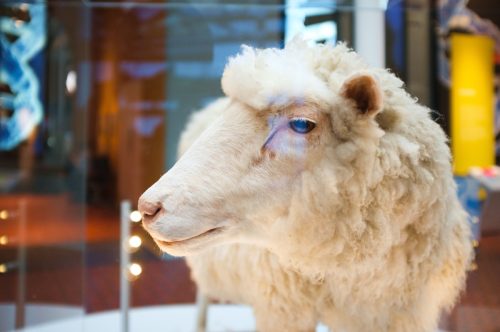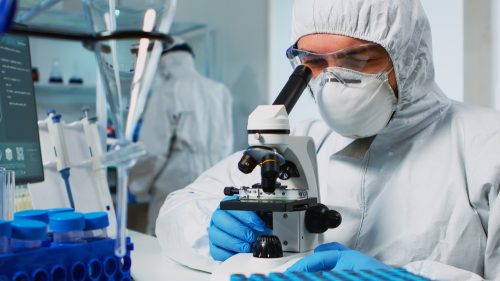These Scientists Say They've Reversed Aging in Human Cells by 30 Years
Read on to find out how they did it

Most of us wish we could turn back the clock in some way, to retain or reclaim some of the benefits of youth, whether it's looking younger or regaining some element of youthful prowess. Researchers say they've discovered a way to do just that in skin cells: to reverse their age so they look and behave like cells that are 30 years younger. Read on to find out how they did it—and how Dolly the sheep is involved—and what the implications could be for the future of aging.

In a study recently published in the journal eLife, researchers said they had discovered a way to reverse aging in human skin cells by 30 years. Their process, called "maturation phase transient reprogramming," refreshes older cells to partly restore their function and to renew their biological age, while maintaining the cells' specific type and function.

In their experiments, the BBC reports, the scientists rejuvenated a 53-year-old woman's skin cells so they looked and behaved like those of a 23-year-old. Their technique evolved from the technology that was used to create Dolly the cloned sheep in 2007—the process used to create stem cells, in which normal cells of a specific function are erased and rebooted to become cells of any type.
The scientists subjected cells to that process, but stopped halfway through. So instead of becoming stem cells—infant blank slates, so to speak—they became younger versions of themselves.

Although the research is only in its early stages, if the findings hold up, they could revolutionize regenerative medicine—a field that aims to repair or replace cells, including old ones. Successful regenerative medicine depends on cells not just looking younger, but functioning like young cells too. The researchers found that the functionally younger skin cells they created were better able to produce collagen, and better responded to wound healing sites.
If those results can be replicated in other kinds of cells, a similar process might be able to rejuvenate aging bones, muscles, and tendons, or forestall the diseases of an aging brain, including dementia and Alzheimer's.

"This work has very exciting implications," said Wolf Reik, a molecular biologist with Altos Labs Cambridge Institute. "Eventually, we may be able to identify genes that rejuvenate without reprogramming, and specifically target those to reduce the effects of aging. This approach holds promise for valuable discoveries that could open up an amazing therapeutic horizon."

"Our results represent a big step forward in our understanding of cell reprogramming," said Dr. Diljeet Gill, a postdoctoral researcher in Reik's lab. "We have proved that cells can be rejuvenated without losing their function and that rejuvenation looks to restore some function to old cells. The fact that we also saw a reverse of aging indicators in genes associated with diseases is particularly promising for the future of this work."














